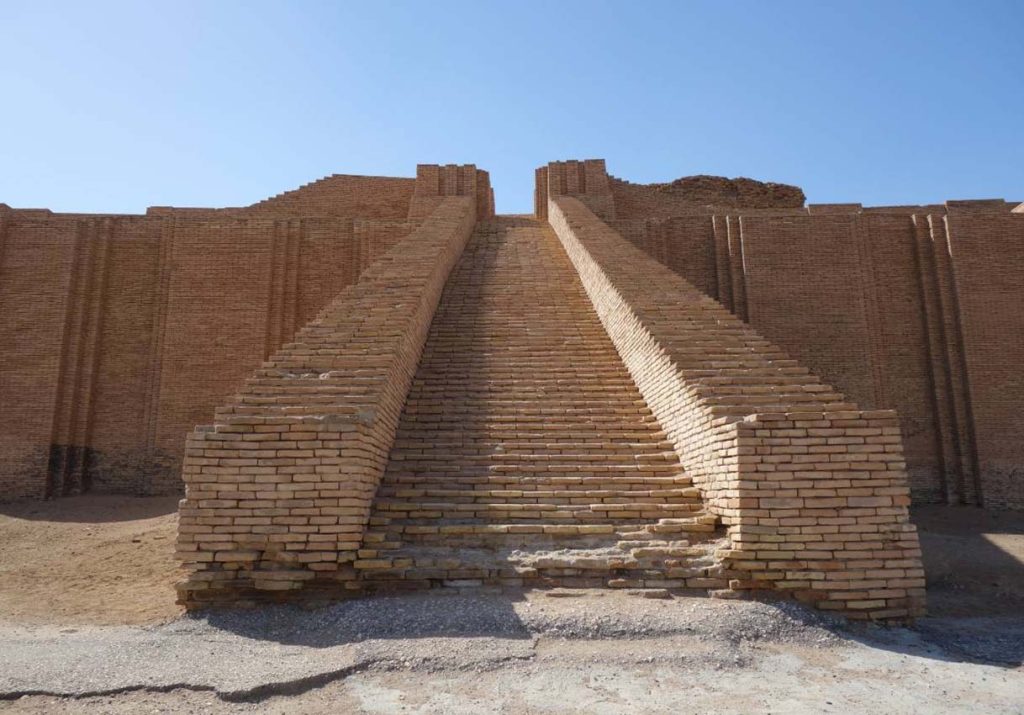Nestled in the heart of Central Asia lies Afghanistan, a country with a storied past, diverse cultures, and breathtaking natural landscapes waiting to be explored.
A Glimpse into Afghanistan’s Ancient Past
Afghanistan’s history is a captivating narrative woven with threads of empires, conquerors, and civilizations that have all contributed to its rich tapestry.
The Ancient Silk Road
Afghanistan’s strategic location along the Silk Road made it a bustling crossroads for trade and cultural exchange between the East and West. This historical significance enriched the region with a diverse blend of influences.
The Mauryan Empire
In the 4th century BCE, parts of Afghanistan fell under the rule of the Mauryan Empire. Emperor Ashoka’s edicts, discovered in modern-day Afghanistan, offer profound insights into his teachings on ethics and morality, serving as a testament to the historical importance of this land.
The Bamiyan Buddhas
The Bamiyan Valley, once home to colossal Buddha statues carved into cliffs over a millennium ago, remains a poignant symbol of Afghanistan’s rich Buddhist heritage. Tragically, these magnificent statues were destroyed in 2001, but their memory lives on.
Afghanistan’s Cultural Melting Pot

Afghanistan’s diverse culture reflects its history as a melting pot of civilizations and traditions, making it a unique and vibrant destination.
The Pashtun Culture
The Pashtun people, Afghanistan’s largest ethnic group, have a rich cultural heritage characterized by poetry, storytelling, and the Pashtunwali code of honor. Their traditions continue to shape the country’s social fabric.
The Dari Language
Dari, an official language of Afghanistan, has Persian roots and acts as a cultural bridge between Afghanistan and Iran. It is widely spoken and cherished in literature and poetry.
Afghan Cuisine
Afghan cuisine is a symphony of flavors, with dishes like kebabs, pilaf, and mantu (dumplings) gracing tables across the country. Tea, especially green tea, plays a pivotal role in Afghan culture, fostering hospitality and connections among people.
The Natural Wonders of Afghanistan

Beyond its historical and cultural marvels, Afghanistan boasts breathtaking natural landscapes.
The Majestic Hindu Kush Mountains
The Hindu Kush mountain range traverses Afghanistan, offering awe-inspiring vistas that include snow-capped peaks, deep valleys, and rugged terrain. These mountains hold a special place in Afghan identity and folklore.
The Panjshir Valley’s Enchantment
Tucked within the Hindu Kush, the Panjshir Valley captivates with its lush greenery, pristine rivers, and charming villages, providing a stunning contrast to the surrounding mountains.
The Allure of Band-e Amir Lakes
Nestled in Bamyan Province, the Band-e Amir Lakes are a series of stunning blue lakes encircled by dramatic limestone cliffs. As Afghanistan’s first national park, they stand as a testament to the country’s natural wonders.
Challenges and Resilience
Afghanistan has faced numerous challenges, including conflict, instability, and political upheaval. However, the resilience of its people remains a testament to their enduring spirit.
The Afghan People’s Resilience
In the face of adversity, the Afghan people have displayed remarkable resilience. Their commitment to preserving their cultural heritage and traditions amidst conflict showcases their strength and determination.
Safeguarding Cultural Heritage
Dedicated efforts are ongoing to protect Afghanistan’s cultural heritage. Organizations and individuals tirelessly work to restore and safeguard historical sites, manuscripts, and artworks threatened by conflict and looting.
Afghanistan’s history, culture, and natural beauty blend together to create a captivating narrative that beckons adventurers and explorers. From the echoes of the Silk Road to the indomitable spirit of its people, Afghanistan’s wonders offer a glimpse into a land with a storied past and a hopeful future. As Afghanistan charts its course toward peace and prosperity, it continues to stand as a testament to the enduring strength of its people and the allure of its historical, cultural, and natural treasures.




